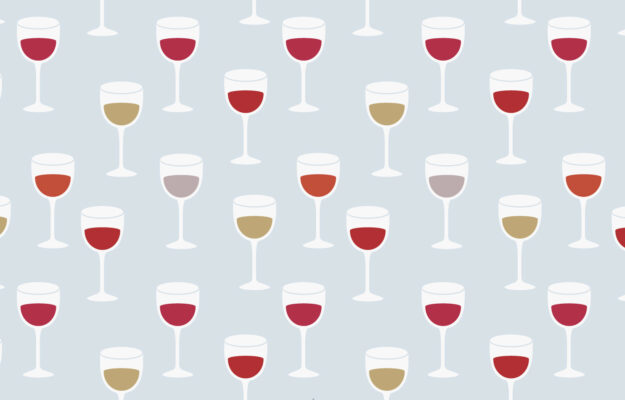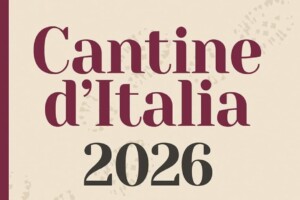Eventually, Italian wine exports veered into the negative. After a steady slowdown in growth since early 2023, Istat data (updated in June), analyzed by WineNews, certify a -0.4% drop in value over the same period 2022, to €3.7 billion, for just over 1 billion liters, with a -1.5 % loss in volume. Numbers that are not surprising, given the trend of slowing consumption and the general economy worldwide, but that put black on white, after an almost uninterrupted growth of exports in the last 15-20 years, the concrete risk of a decrease, at least in quantity, which, as told often, and in so many analyses, seems more structural than conjunctural, and with which we will have to reckon in the future, rethinking in various aspects the wine industry, Italian and not only. Not everything is bad, however. But if the growth in value, albeit contained, of important markets such as Germany and the United Kingdom is somewhat comforting, among the top destinations to weigh heavily, on the negative side, are the substantial declines in the U.S. and Canada.
Looking at individual countries, in fact, the USA, which for years has been the safe harbor for Italian wine, continues to mark the pace, with a drop of -6.8%, for 897.1 million euros, in a market in which, according to operators, more than a real drop in consumption, the need and desire to empty warehouses that, especially in the first post-Covid phase, on the wave of enthusiasm, were filled to capacity, affects the lower imports. Even stronger, in percentage terms, is the decline in another strategic market such as Canada, which marks as much as -16.2%, stopping at 174.9 million. Things are better, however, in Europe. Germany, for example, despite a not so brilliant economy, is holding on to its values, at +1.3% to 577.4 million euros, and the United Kingdom, which poured 380.4 million euros into Italian wineries in the first half of the year, is also growing by +3.1%. Switzerland, on the other hand, declined modestly, at -1.5 percent, to 205.3 million euros, while France continued to grow in double digits, with +18.4 percent, to 165.5 million euros. Overall positive situation in the Benelux, with the Netherlands at +1.9%, for 116.7 million euros, and Belgium holding, at +0.1%, for 111.6 million euros. On the other hand, the Scandinavian area is doing badly: -4.5% in Sweden, to 103,306,846 million euros, -13% in Denmark, to 73 million euros, and -7% in Norway, to 53 million euros. Among the positive figures, again, Austria’s +4.2%, at 65.4 million euros, and especially Russia’s resounding +64%, despite the war, at 67.2 million euros, stand out. Decidedly on the negative side, however, is the Asian region: Japan, which remains by far the leading eastern market by value, makes -5%, to 92.1 million euros; China retreats by -14.3%, to 48.2 million euros; and South Korea, after the euphoria of recent years, marks a sharp -33.6%, to 28.1 million euros, just as Taiwan is down, at -17.2%, to 9 million euros. Among the main Asian markets, a modest +1 percent, however, is put by Hong Kong, at 13.7 million euros. This is the picture, as of today, and it is rather difficult to think of a turnaround in the latter part of the year, in which, in any case, historically, with the end-of-year festivities acting as a driving force, higher value-added wines move. But should the decline be contained, on balance, according to many, it would not be a drama, to be read, moreover, in the context of a return to the “normality” of the pre-pandemic era.
Copyright © 2000/2025
Contatti: info@winenews.it
Seguici anche su Twitter: @WineNewsIt
Seguici anche su Facebook: @winenewsit
Questo articolo è tratto dall'archivio di WineNews - Tutti i diritti riservati - Copyright © 2000/2025









































































































































































































